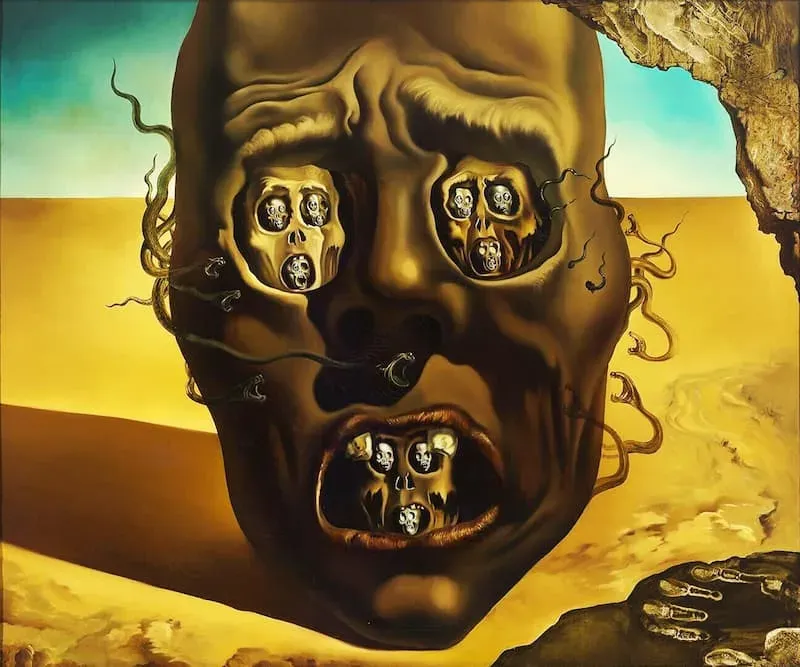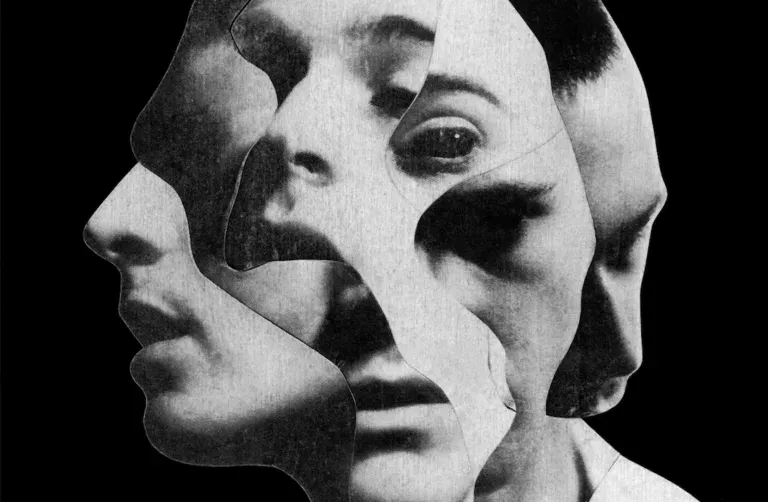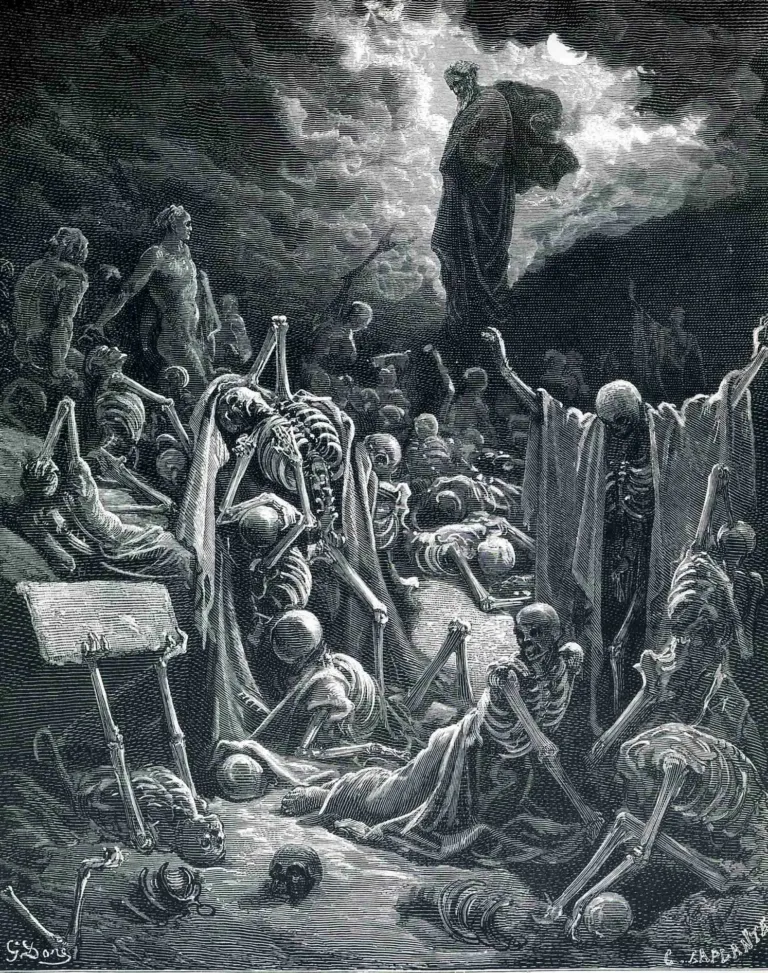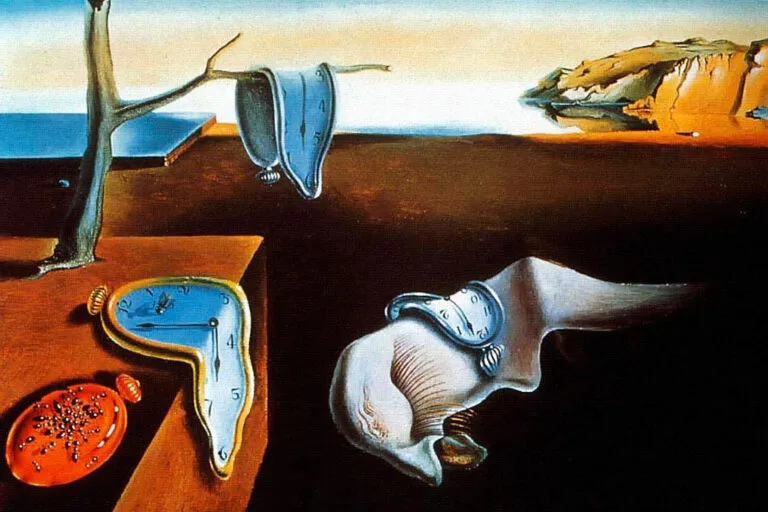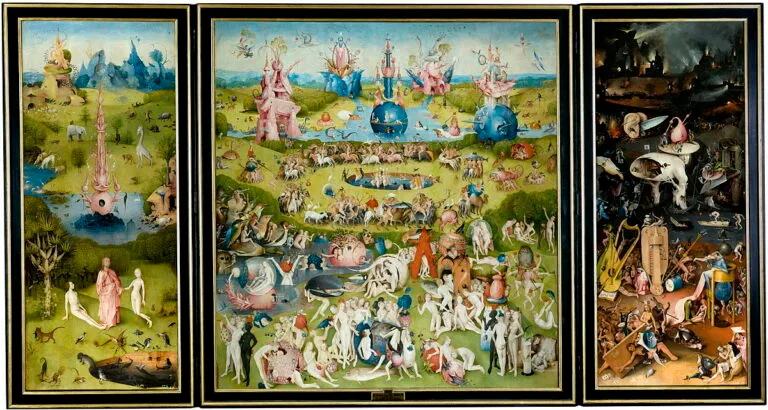The Face of War
“The Face of War” by Salvador Dalí: A Surrealist Masterpiece of Anguish
Introduction
“The Face of War” is an iconic work by the surrealist master Salvador Dalí, created in 1940-1941 during World War II. This painting represents one of the most intense and dramatic moments of Dalí’s artistic expression, bearing witness to his genius in transforming the anxieties of war into a visual masterpiece.
Description of the Work
The protagonist of the work is a distorted human face, with darkened skin and wild eyes. Dalí creates a harrowing image of human suffering, with the face’s skin disfigured by pain and despair. This lifeless face lies on the sand of a vast desert, surrounded only by sharp rocks, creating a desolate and apocalyptic atmosphere.
Symbolic Interpretation
The painting can be interpreted as a representation of the psychological consequences of war on humanity. Dalí, deeply influenced by Sigmund Freud’s psychoanalytic theories, may have sought to explore the collective unconscious and the deep-seated fears triggered by the violence and chaos of war.
Surrealist Style
As one of the leading exponents of surrealism, Dalí employs unique painting techniques in “The Face of War.” The deformation of forms, detailed rendering, and illusionistic precision give the work a dreamlike and disturbing character. The artist also uses a dark color palette, emphasizing the gloomy and eerie atmosphere of the work.
The painting by Salvador Dalí remains a powerful example of how art can capture the emotions and anxieties of an era. Through his visionary ability, Dalí transforms the pain of war into a work that continues to provoke reflection and empathy in contemporary audiences.

